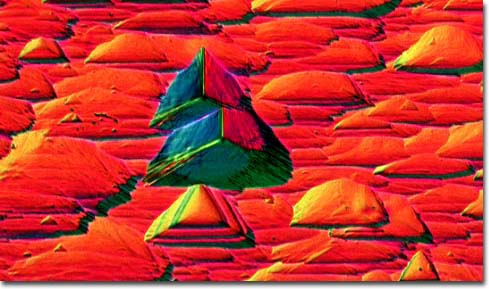|
Precious gems and metals are among our civilizations most prized possessions. They have been held with high regard throughout history by virtually all societies around the globe. In fact, precious metals, such as gold and silver, have long been used as the basis for a system of barter. Though frequently kept in the form of coins, even pieces of the metals broken off from large pieces of jewelry or other items could be used to obtain goods, since both gold and silver can be easily melted down and formed into new objects. Valuable gems, however, such as diamonds, are extremely difficult to cut or break and tend to be hoarded by the owners. Oftentimes individual gemstones can be traced over a span of centuries, and the histories of many famous gemstones, such as the Hope, Regent, Cullinan, and Orloff diamonds, are widely familiar, though they are often highlighted by tales of mystery and intrigue that may be as much fiction as they are fact. The Orloff diamond, for instance, is often said to have been stolen by a French soldier disguised as a Hindu from the eye of an idol in the temple of Sri Rangen, while the Hope diamond, which is reputed to have been originally obtained by similar means, has long been associated with bad luck.
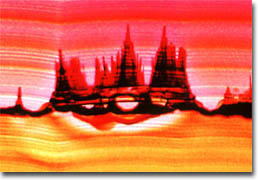
Agate
Considered of great value, it is not surprising that many precious gems and metals held an important place in the mythologies and beliefs of many cultures. The ancient Greeks reportedly alleged that diamonds were tears of the gods they worshipped, and Roman legends associated the same stone with fallen stars. Norse mythology, however, is rich with references to precious metals. Tellingly, Asgard, the dwelling place of the Norse gods, which could only be reached by journeying across the Rainbow Bridge, was believed to be full of the gold and silver palaces that housed the divinities. These precious metals were also considered important for humans during their journey to the afterlife by many different peoples, especially the ancient Egyptians who commonly placed gold items, such as chalices, rings, crowns, pendants, and other ornaments, in tombs with the dead. King Tutankhamen was even buried wearing sandals fashioned of pure gold.
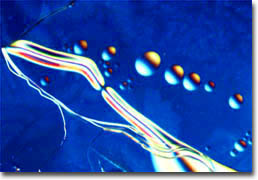
Gold Thin Film
Although there are over three thousand known minerals, less than one hundred are used as gems. In general, a gem is any mineral that has been cut and polished for ornamental purposes. A few materials commonly referred to as gemstones, such as pearls and amber, are of organic origin, the former being produced by oysters and the latter being comprised of fossilized tree resin. In earlier times, only four different gemstones, the diamond, emerald, ruby, and sapphire, were considered precious, while the remaining gems frequently utilized in jewelry were considered semi-precious. However, in modern times, these distinctions have fallen out of widespread use. Nevertheless, the traditional precious gemstones continue to be among the most expensive, though they are not necessarily the most rare. The alexandrite, for instance, an unusual stone that is known for changing its color in different types of lighting, is very rare, but since few people are familiar with the stone, it does not command prices nearly as high as the more common, but highly popular diamond.
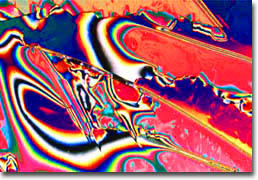
Diamond Thin Film
The introduction of synthetic gemstones has further confused issues of classifying gems and establishing market value. The ability to create these gemstones can be credited to the combined efforts of several different nineteenth century scientists. However, the first to develop a commercially viable means of production was French chemist Auguste Verneuil, who introduced the flame-fusion process in 1902. Also known as the Verneuil process, flame fusion continues to be used to create synthetic rubies and sapphires from purified alumina today. Although they are identical in chemical structure to natural gemstones, these synthetic crystals are considered far less valuable than their naturally occurring counterparts and can be differentiated from them based on certain physical differences that are perceptible by experts. Imitation gems, on the other hand, are even less valuable since they are similar to natural gems only in general appearance and are typically made of a very hard type of glass known as paste or strass.
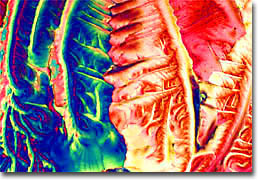
Pearl
Some of the more precious gems like diamond and sapphire have industrial uses in addition to their status as expensive ornamental jewels. Diamond is often used, for example, as an ultra-hard material for abrasive applications and for cutting, while sapphire is frequently utilized for applications where its high-pressure strength and clarity make it superior to other transparent materials. Similarly, the precious noble metals, silver, gold, platinum, palladium, rhodium, iridium, ruthenium, and osmium, are very important to society and the economy in ways that go far beyond the intrinsic cost of these metals. Their use in various aspects of our lives has grown until it can be said that they are vital to the support of our economy. Precious metals are so valuable because they have an unusual combination of properties that make them well suited for a broad spectrum of industrial, electronic, and practical uses. Indeed, their properties are often superior to those of other metals and alloys, and at times they are the only materials that can meet the requirements of high technology or industry. A prime example is platinum, which has an extremely high melting temperature that makes it indispensable for many applications, such as the fabrication of laboratory equipment and other devices that may be exposed to extreme heat.
|
